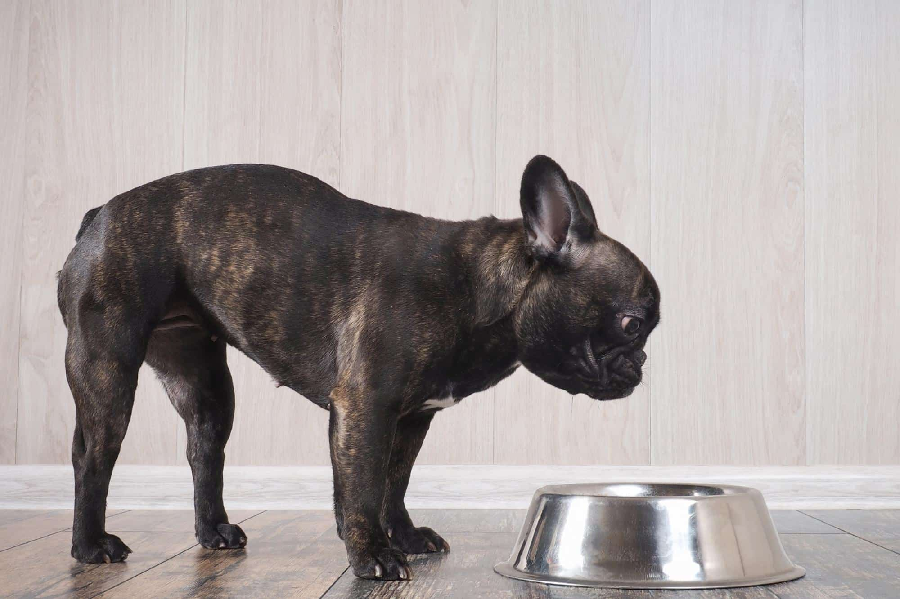To kibble or not to kibble is a straightforward question, but it sparks a lot of spirited discussion among animal owners, veterinarians, pet food manufacturers, and others in the pet business. Knowing more about kibble will provide you with the knowledge you need to choose the finest options for your dog, and at Houston Raw Pet Food, we believe that information is power.
Many consider feeding animals fresh or raw to be the right thing. Commercial kibble is very popular, though. The availability of commercial dog food dates back only 160 years.
The most popular yet one of the worst types of dog food is dry kibble. The reasons why dry kibble is bad for dogs are covered below.
- Dehydration
Eating dry kibble causes chronic dehydration, which puts stress on the kidneys as well as the heart. While it’s conceivable that immersing food in water prior to administration may help, most pet owners don’t accomplish this.
- Too much carbohydrates
Kibble products would not be able to maintain their shape when cooked without including at least 30% carbohydrates and/or starch. As a result, kibble contradicts the conventional diet’s advice that carbohydrates shouldn’t account for more than 20 percent of the overall meal supply. They perform best on a diet that is heavy in protein from meat and low in carbohydrates. Cows can absorb and digest carbohydrates, unlike dogs, who lack the necessary molars and stomach architecture required to digest plant material and ferment simple sugars.
They have a large stomach, a short digestive tract, and a small cecum, all of which indicate a diet high in protein and a requirement for rapid digestion and nutrient absorption.
- Anti-nutrients
Phytates, trypsin, and lectins inhibitors are a few examples of anti-nutrients. Natural binder ingredients in pet food, such as peas, lentils, maize, or wheat, include chemical elements that have been linked to a variety of human health issues. Anti-nutrient carrying binders are necessary since a kibble pellet cannot be made without one (without a binder, it is just powder, not a kibble pellet).
- Mold-related contamination
Molds are a frequent issue with many kinds of nuts, grain, and legume crops, mainly when growing conditions are poor or storage periods are lengthy. Because of the ideal circumstances for development, these molds produce a very carcinogenic chemical (aflatoxins). Due to their extreme stability, aflatoxins cannot be rendered harmless by thorough heat processing. Your dog’s health may suffer greatly from low levels of exposure to these toxins, including liver or kidney failure, anemia, cancer, and even death. Grain-free kibble’s high carbohydrate content makes it prone to mold infestation while in storage, especially if the kibble is stored in a wet environment.
Seek Advice from Houston Raw Pet Food
In our opinion, the canine version of the ideal diet consists of freshly prepared whole foods made from ingredients of the highest quality (species-appropriate). Organic, grass-fed, free-range proteins need to be utilized as feed components wherever possible. The greatest dog food contains:
- A high moisture content.
- The correct proportions of heart-healthy fats.
- Other nutrients.
The best foods to provide this sort of nutritional balance are fresh and natural. Our feeds at Houston Raw Pet Food is made up of healthy and nutritious raw ingredients. Visit us today for more information.

